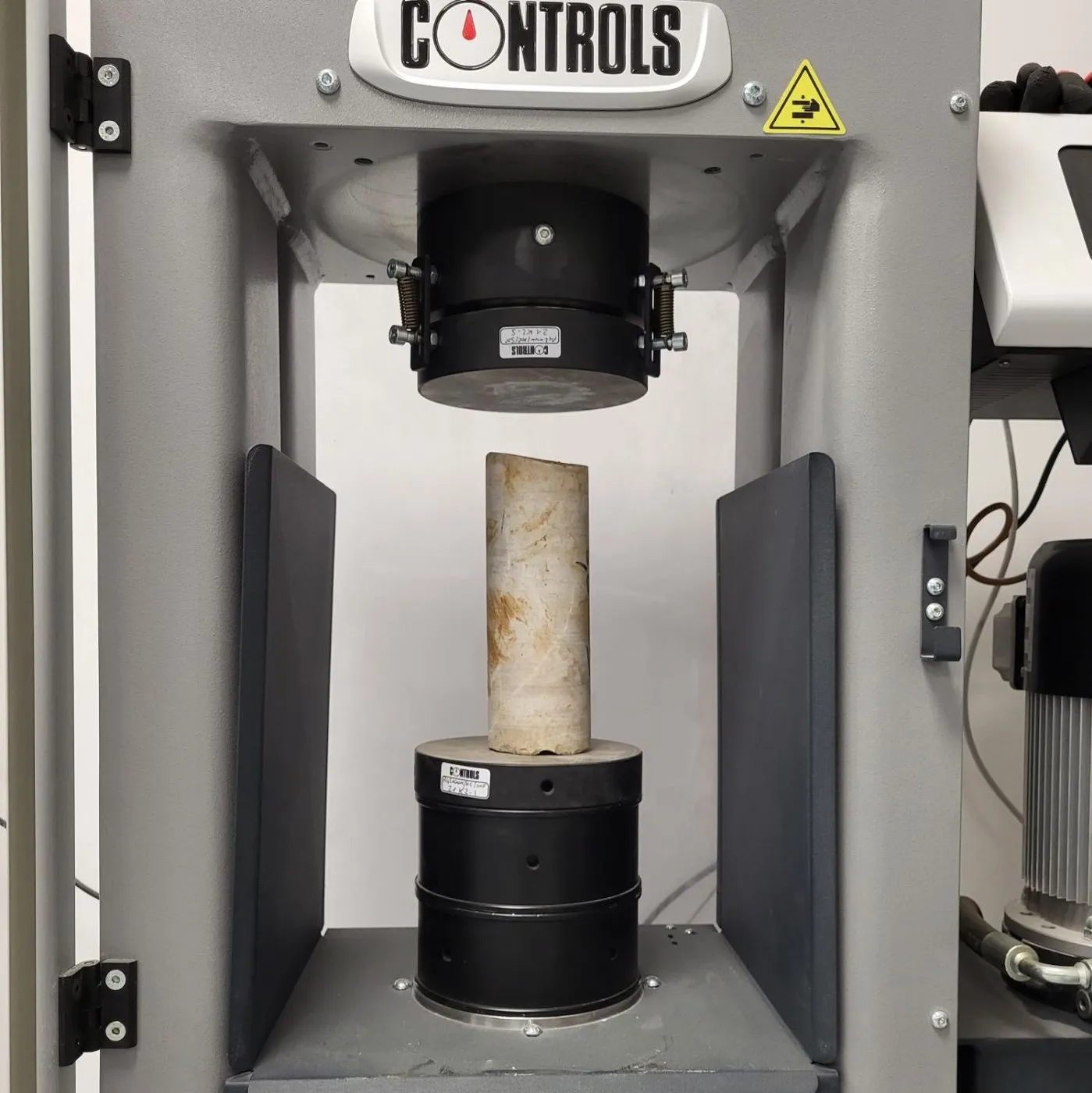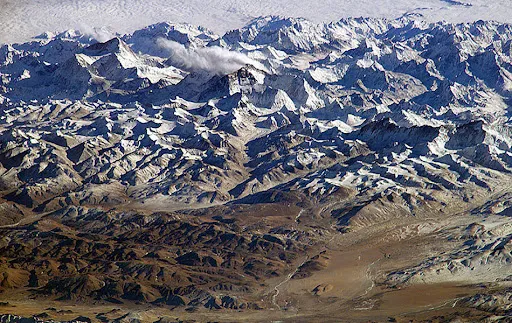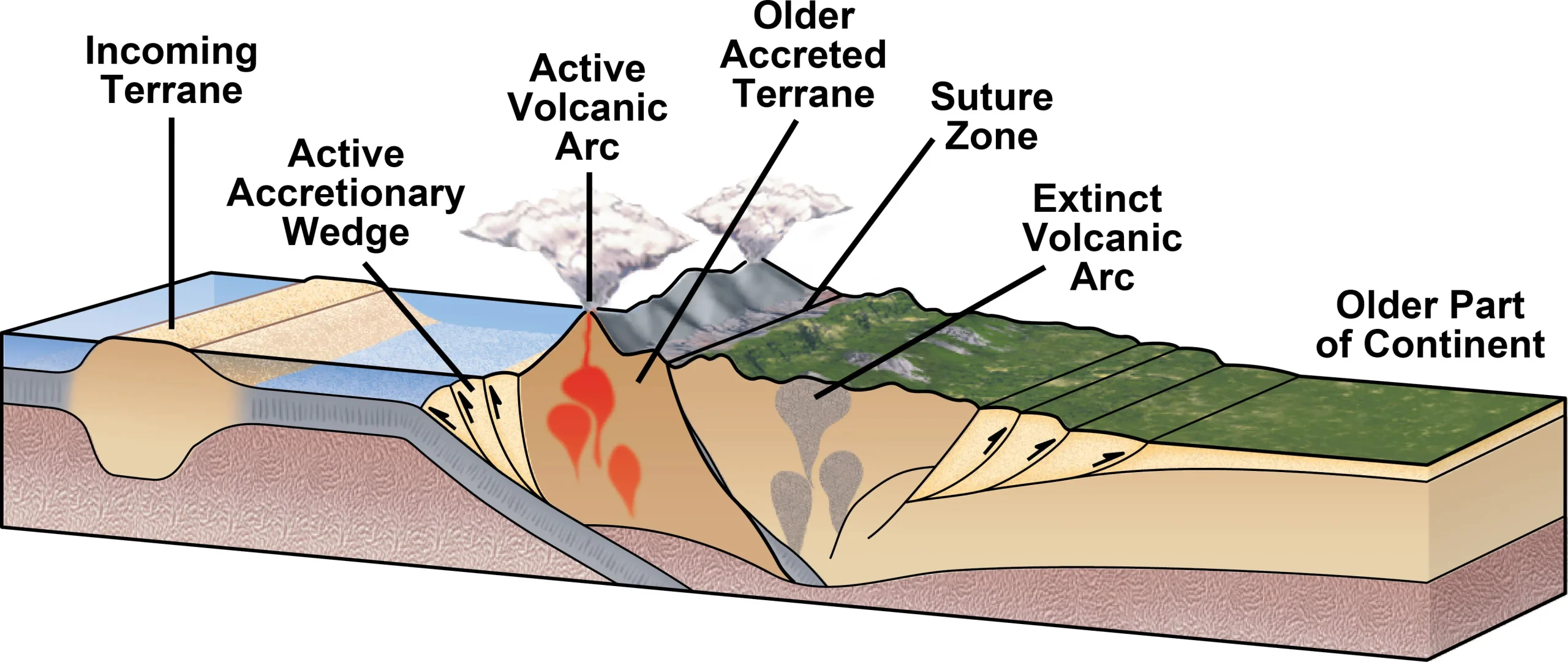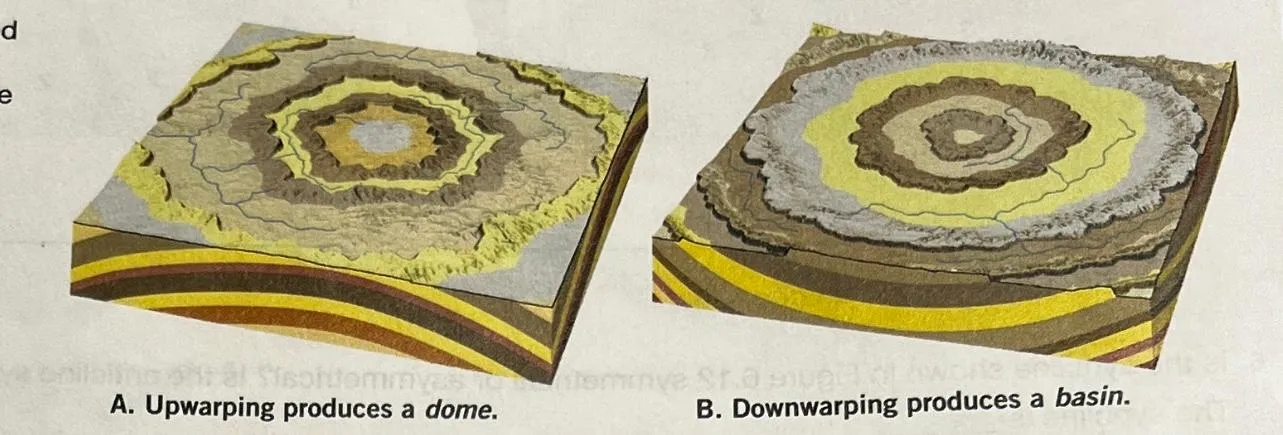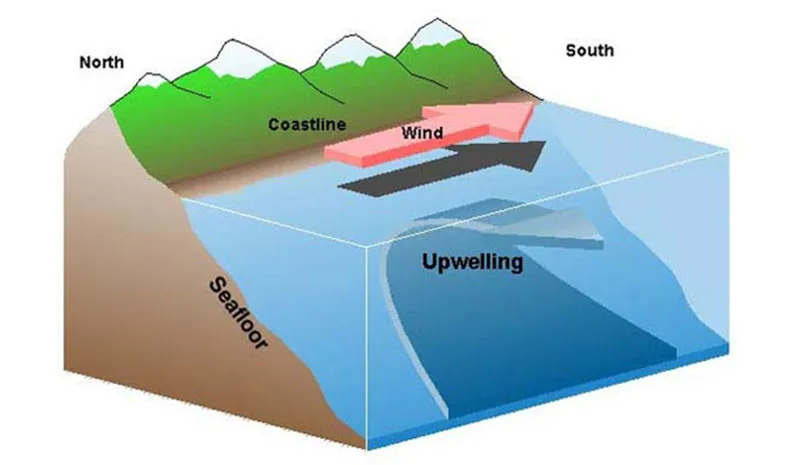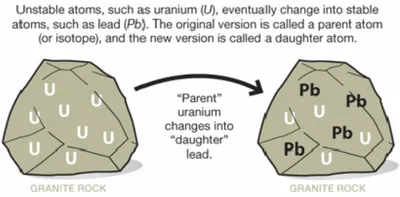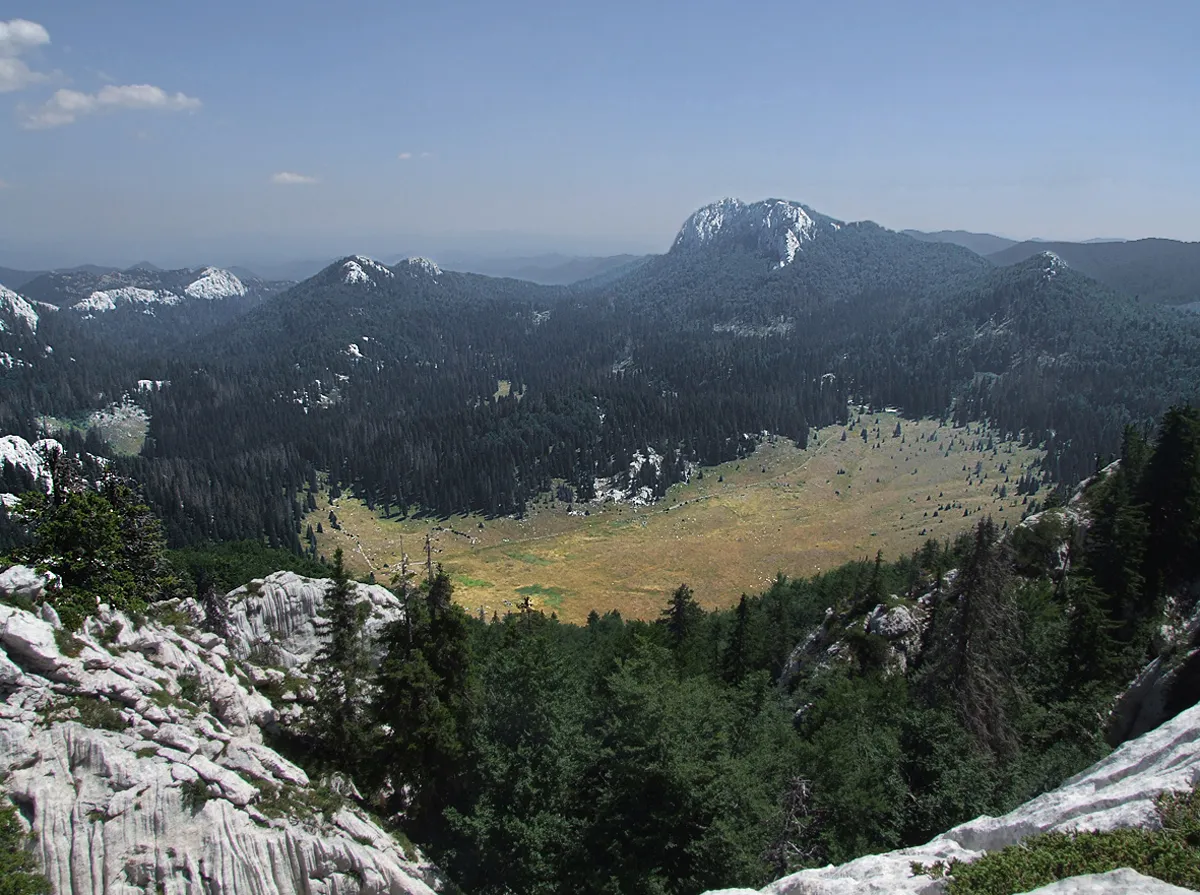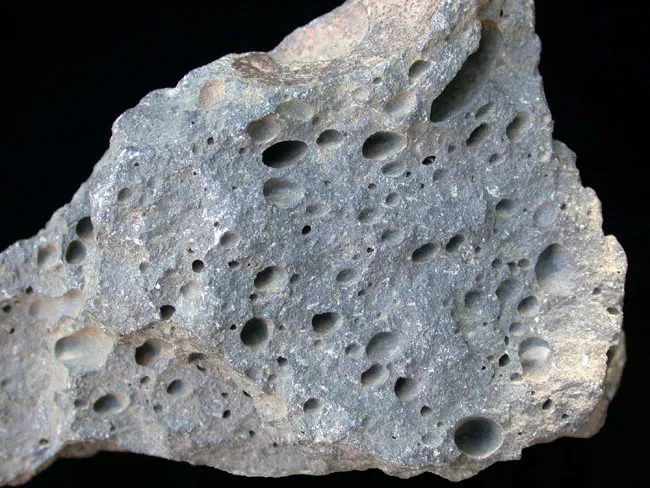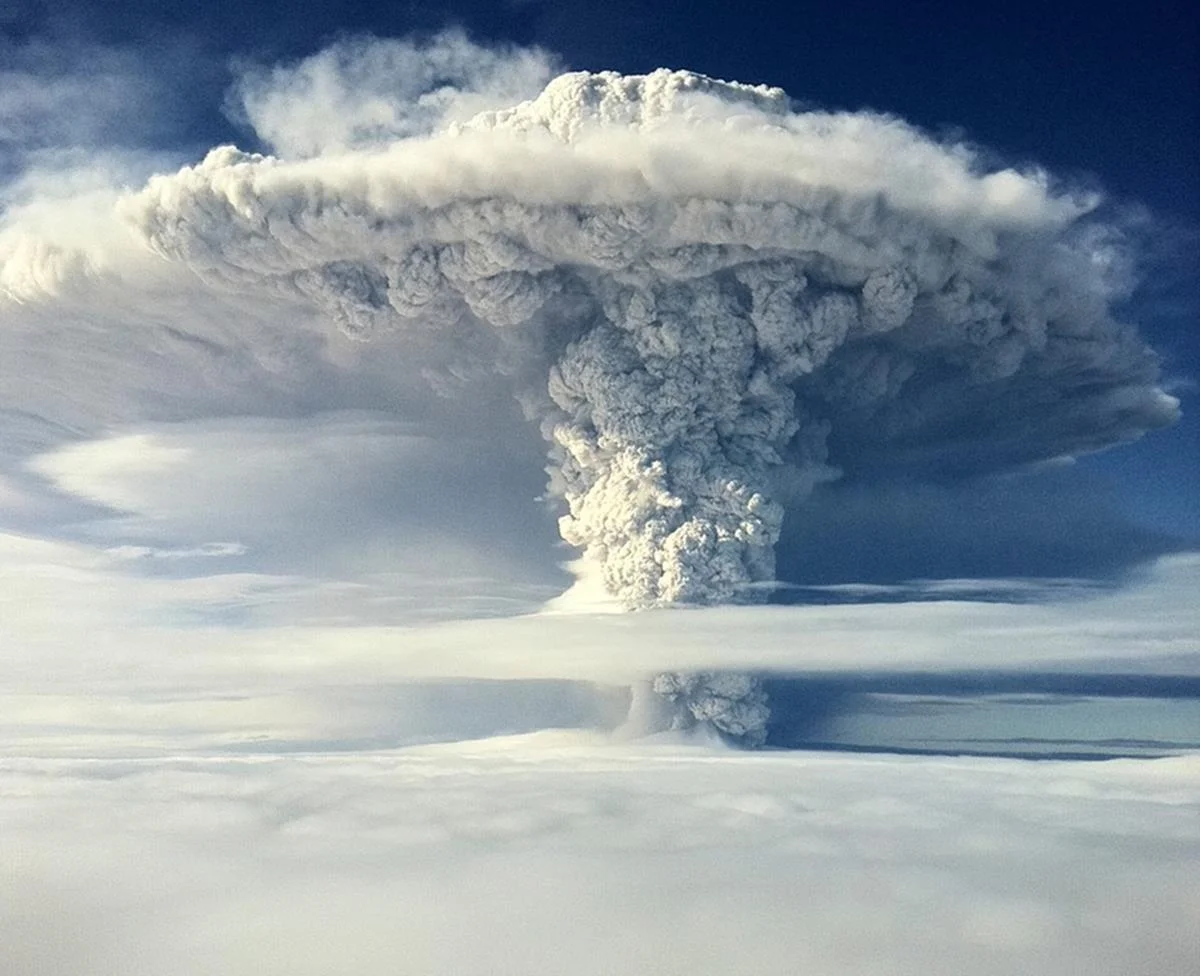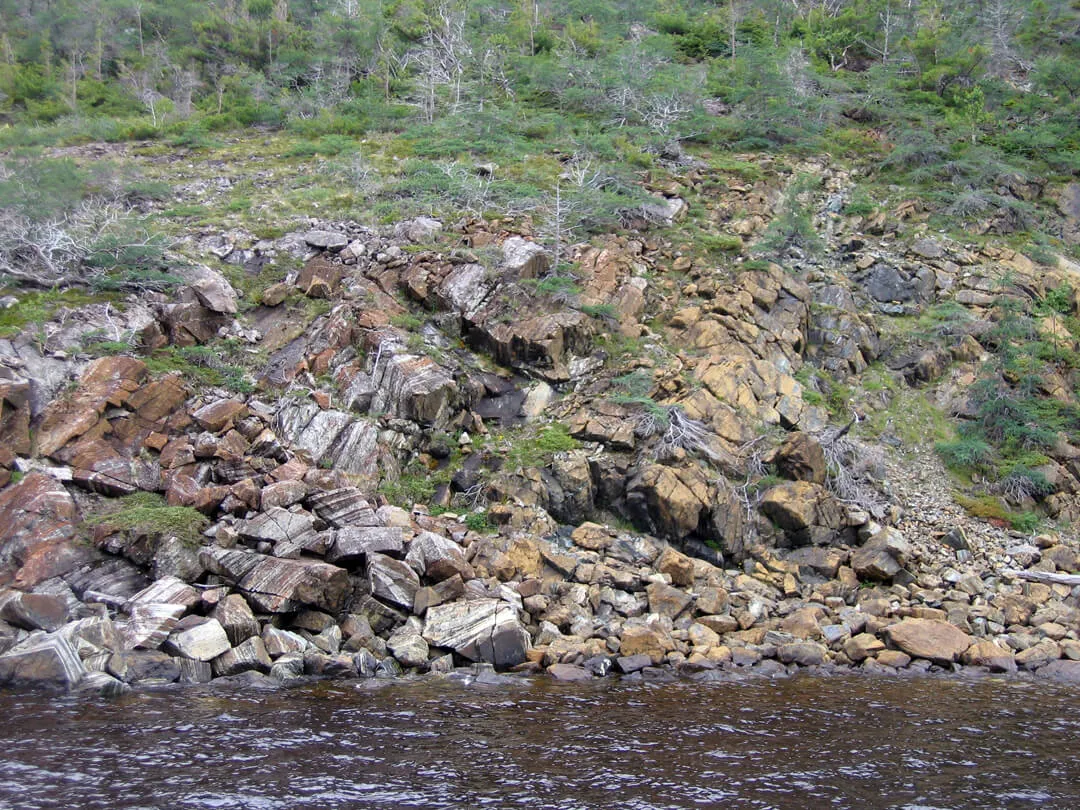Unconsolidated sediment refers to loose, uncemented deposits of particles, such as sand, gravel, silt, and clay, that have not yet been lithified into solid rock. These sediments are significant in sedimentology for understanding depositional environments, sediment transport, and the early stages of rock formation.
Reference: Boggs, S. (2009). “Petrology of Sedimentary Rocks.” Cambridge University Press.





